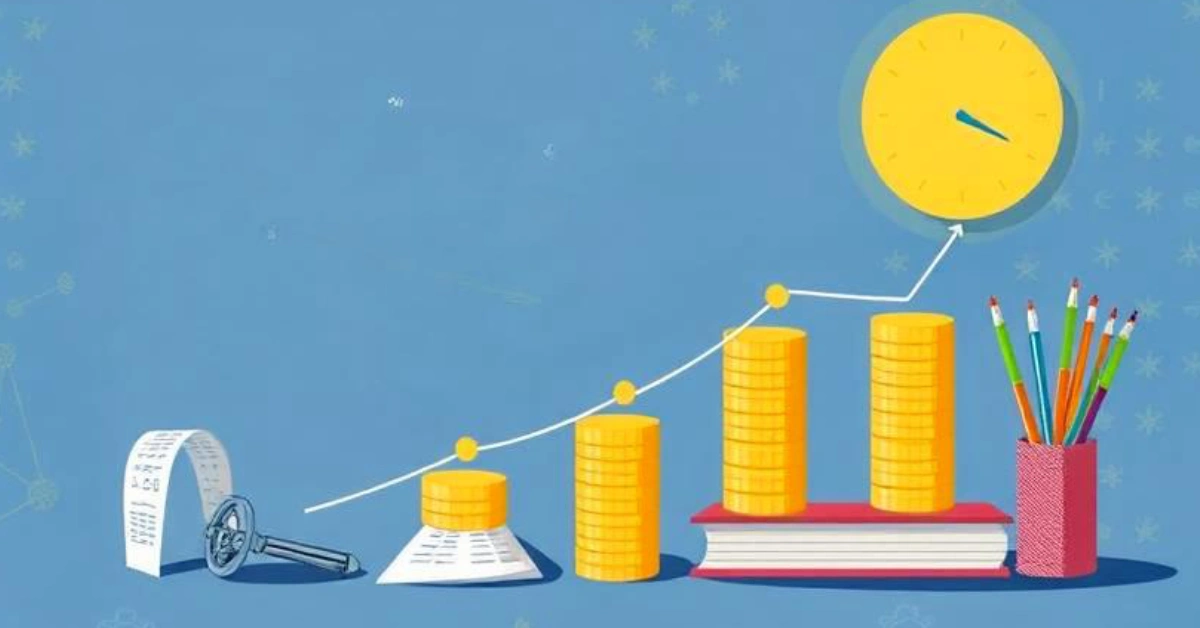How Teachers Can Accurately Track Learning Through Alternative Methods That Empower Students and Foster Deeper Understanding
In classrooms across the country, educators are challenging the status quo of high-stakes standardized testing. Many argue that while traditional tests can offer a snapshot of knowledge, they rarely reflect the full scope of a student’s growth, critical thinking skills, or creativity. As the education landscape evolves, a growing number of schools and teachers are turning to innovative, test-free approaches to assess student development.
Here are five meaningful ways to measure student growth without relying on conventional exams.
1. Portfolios: Capturing Long-Term Progress Through Student Work
Why it works:
Portfolios allow students to showcase a variety of work over time — from essays and projects to creative assignments and self-reflections. This method emphasizes progress rather than perfection and encourages students to take ownership of their learning.
Implementation tips:
Teachers can have students curate digital or physical portfolios organized by subject area or learning outcomes. Regular reviews with the student provide opportunities for reflection, feedback, and growth tracking.
2. Performance-Based Assessments: Real-World Learning in Action
Why it works:
Performance-based tasks ask students to apply their knowledge in practical contexts. This might include presentations, experiments, debates, or community-based projects.
Implementation tips:
Design assessments that simulate real-life challenges or require students to problem-solve creatively. Rubrics can help maintain consistency while still allowing for flexibility and innovation.
3. Student-Led Conferences: Empowering Learners to Reflect and Articulate
Why it works:
In student-led conferences, learners take the lead in discussing their academic progress with teachers and even parents. These sessions promote self-awareness, accountability, and communication skills.
Implementation tips:
Prepare students with guiding questions and reflection activities ahead of the conference. These meetings are especially powerful when accompanied by work samples or personal learning goals.
4. Journals and Learning Logs: Encouraging Daily Reflection and Growth
Why it works:
Ongoing written reflections allow students to process their learning in real time. These logs often reveal insights that tests cannot capture — such as a student’s evolving thinking, emotional engagement, and areas of uncertainty.
Implementation tips:
Incorporate short journaling sessions at the beginning or end of class. Prompts like “What did you struggle with today?” or “How would you apply this concept in real life?” can guide deeper thought.
5. Peer and Self-Assessments: Building Metacognition and Collaboration
Why it works:
When students evaluate themselves or each other, they build critical metacognitive skills and develop a sense of responsibility for their learning community.
Implementation tips:
Use structured rubrics or checklists to guide assessments. Follow up with class discussions about feedback, fairness, and how to improve work based on peer suggestions.
Why Moving Beyond Tests Matters in Modern Education
In an age where creativity, adaptability, and problem-solving are more valuable than rote memorization, traditional testing methods often fall short. Alternative assessment strategies not only provide a fuller picture of student learning, but they also build lifelong skills like self-reflection, collaboration, and critical thinking.
By rethinking assessment, educators can create more inclusive, equitable, and engaging learning environments — ones that recognize students as individuals with unique paths toward success.
It’s Time to Redefine What Success Looks Like
Assessment doesn’t have to mean bubble sheets and timed exams. With the right tools and mindset, teachers can shift toward approaches that better reflect how students grow, think, and apply knowledge in the real world. The result? A classroom where learning is not just measured — it’s deeply understood.

